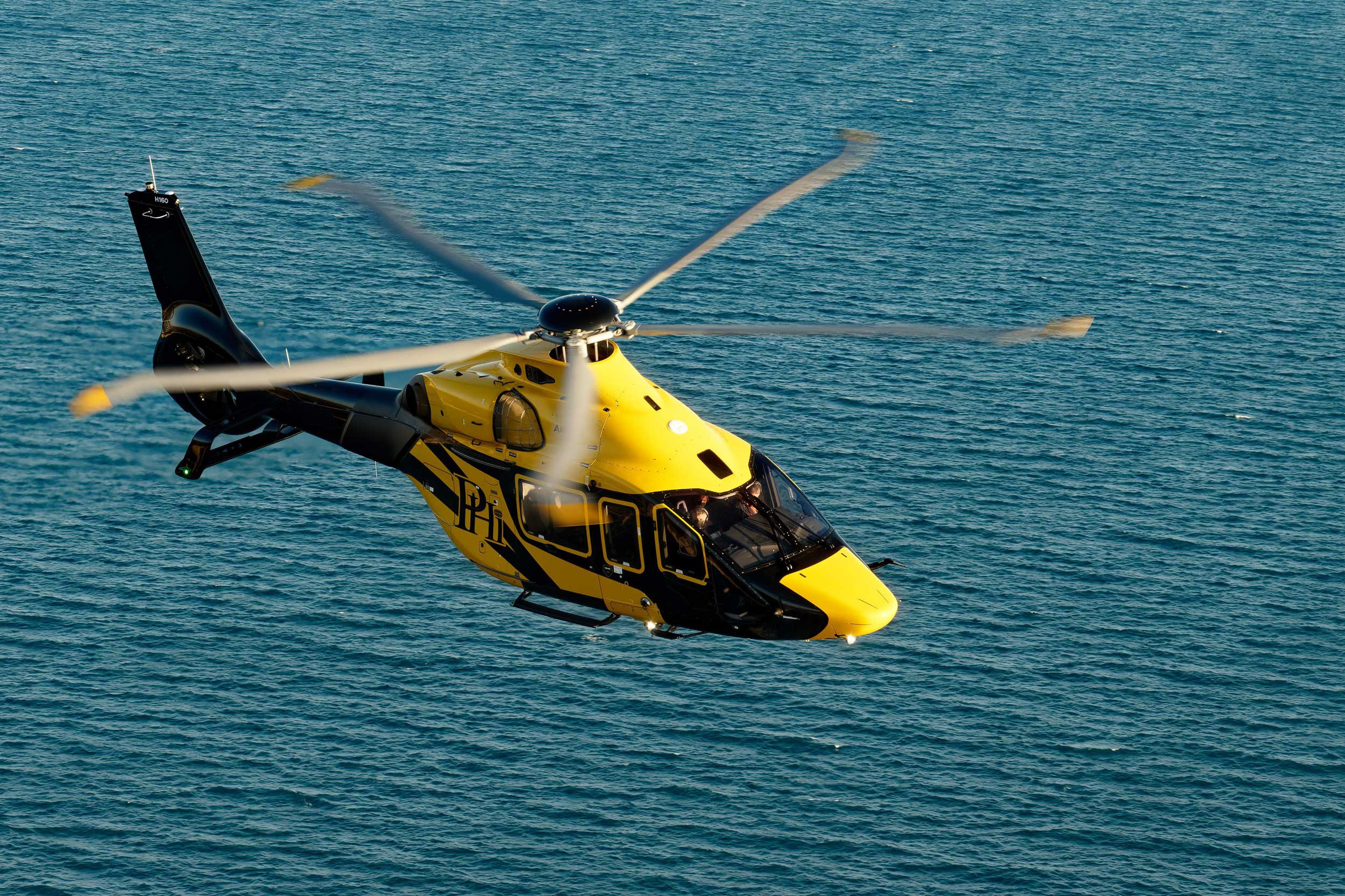
Executive Summary
This report is compiled using data gathered from operators, OEMs and industry bodies combined with information from partner agencies and regulators to build an overall safety picture for our unique sector of the helicopter industry.
In the 5-years from 2020-2024, Western OEM helicopters transporting passengers for the offshore energy industry suffered 19 accidents, 10 of which were fatal, resulting in 27 fatalities.
This gives an estimated 5-year industry fatal accident rate for Western OEM helicopters of 3.36 per million flight hours or 1.47 per million sectors.
2024 saw 2 confirmed accidents, both of which were fatal, resulting in 9 lives lost.
Commercial fixed-wing operations are clearly different in nature and metrics vary, but for comparison, IATA estimates the global 5-year fatal accident rate for fixed-wing as approximately 0.18 per million sectors. (The equivalent number for jet-engined fixed-wing aircraft is 0.09 per million sectors).
HeliOffshore’s membership has united around our Safety Strategy which is targeted to eliminate fatalities in our industry, with an interim goal of closing the gap to fixed-wing commercial air transport. Let’s all take deliberate and determined action to eliminate the most common accident types.
In the last 12 years covered by our data (2013-2024), the three most common occurrence categories for fatal accidents were: loss of control in flight (LOC-I); controlled flight into terrain or water (CFIT); and system or component failure or malfunction – nonpowerplant. (SCF-NP). Including the fourth category (system or component failure or malfunction - power plant, SCF-PP), means these three groupings (LOC-I, CFIT and SCF) account for nearly 80% of the fatal accident occurrences. What actions are you taking within your own organisation to address LOC-I, CFIT and SCF? Each stakeholder group within our community has a positive contribution to make to address these 3 most prevalent occurrence categories.
The data presented in this report highlight the importance of the HeliOffshore Safety Intelligence Programme and the benefits of sharing data as an industry; only by collaborating can we hope to understand the true safety performance of the industry and measure the improvements as we progress towards our goal of zero accidents.
We have data, and we have presented a basic analysis, but what is the necessary action? Where do you see these statistics going? What deliberate action will you and your organisation take to address any or all of the three most common accidents types (Loss of Control, Controlled Flight into Terrain / Water and System or Component Failure) to ensure that the overall trends improve consistently towards our mission of no lives lost? When will you do it?
Consuming this data and taking no deliberate action is not an option.
HSIP Director Dr Matthew Greaves presented a summary of some key Industry Safety Performance Report findings at the 2025 HeliOffshore Conference

